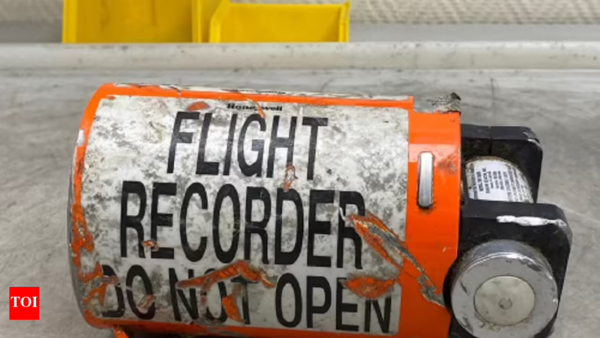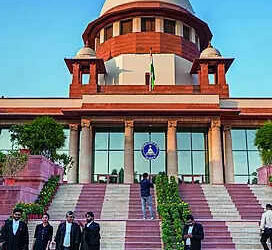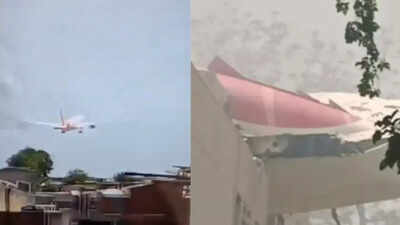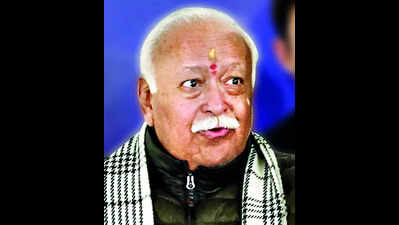Ahmedabad plane crash: What makes Black Box very crucial evidence during a plane crash

A London-bound Air India Boeing 787-8 Dreamliner carrying 242 people crashed moments after takeoff from Ahmedabad airport on Thursday, triggering massive rescue operations and highlighting the critical importance of flight recorders in determining the cause of aviation disasters.The aircraft, flight AI-171, took off from Runway 23 at 1:39 PM IST and issued a MAYDAY call shortly after, according to the Directorate General of Civil Aviation (DGCA). The plane crashed in the Meghani Nagar area outside the airport perimeter after reaching just 625 feet altitude, exploding in a massive fireball. Captain Sumeet Sabharwal and First Officer Clive Kundar were commanding the flight carrying 232 passengers and 10 crew members en route to London Gatwick.As rescue teams continue searching for survivors, investigators are prioritizing the recovery of the aircraft’s black box, the key to understanding what caused the aviation tragedy.
What the Air India’s Boeing 787-8 black box can tell us about Ahmedabad plane crash
For the Ahmedabad crash investigation, the black box could definitively establish whether the disaster resulted from mechanical failure, engine malfunction, bird strike, onboard fire, or human error. The recordings will reveal crucial details about the crew’s MAYDAY call, any automated warnings received, and attempted recovery maneuvers during those critical moments after takeoff.Given that the aircraft struggled to gain altitude and crashed at just 625 feet, the Flight Data Recorder will show precise engine performance parameters, control surface positions, and system warnings. The Cockpit Voice Recorder could capture any emergency checklists being executed, crew coordination efforts, or discussions about mechanical problems.Once recovered, the devices will be sent to forensic laboratories under the DGCA or Aircraft Accident Investigation Bureau, where experts will extract and decode memory modules, synchronize voice and flight data, and correlate findings with radar logs and air traffic control records.The analysis process typically takes days to weeks depending on device damage and incident complexity. However, initial assessments are usually provided within 24 hours to guide the investigation’s direction.
What is a black box

Contrary to popular belief, aircraft “black boxes” are actually bright orange crash-resistant devices designed to survive extreme impact and fire. Every commercial aircraft carries two such recorders housed in reinforced casings built to withstand explosions, fire, water pressure, and high-speed crashes.The Flight Data Recorder (FDR) logs critical technical parameters including altitude, speed, engine thrust, and flight path data. Modern aircraft like the crashed Boeing 787 can record thousands of parameters covering everything from cockpit command inputs to air conditioning systems. The Cockpit Voice Recorder (CVR) captures all cockpit audio – pilot conversations, radio transmissions, warning alarms, and ambient mechanical sounds that could provide crucial clues about the final moments before impact.These recorders continuously store 25 hours of information, including data from previous flights within that timespan, which can sometimes reveal hints about mechanical failures that developed over time.
Why black boxes are crucial evidence in airplane incidents
Flight recorders provide investigators with a second-by-second reconstruction of events leading up to a crash, offering the most objective account of what transpired in the cockpit and across aircraft systems. They serve as the aviation equivalent of DNA evidence in criminal cases – providing definitive, unbiased testimony when human witnesses may be unavailable.Black box data has proved decisive in solving major aviation disasters globally, from the 2015 Germanwings crash to Malaysia Airlines incidents. In India, the 2020 Kozhikode crash investigation relied heavily on these recordings to establish pilot decisions and runway conditions during the failed landing attempt.The devices often provide the only reliable account when there are no survivors or when physical evidence is destroyed or inconclusive. Beyond determining immediate causes, flight recorder analysis has led to industry-wide safety improvements, new training protocols, and aircraft design modifications that have prevented countless future accidents.As search teams work to locate the black boxes amid the wreckage, these orange recorders hold the answers to understanding what caused 242 lives to be put at risk and how similar tragedies can be prevented in the future.





